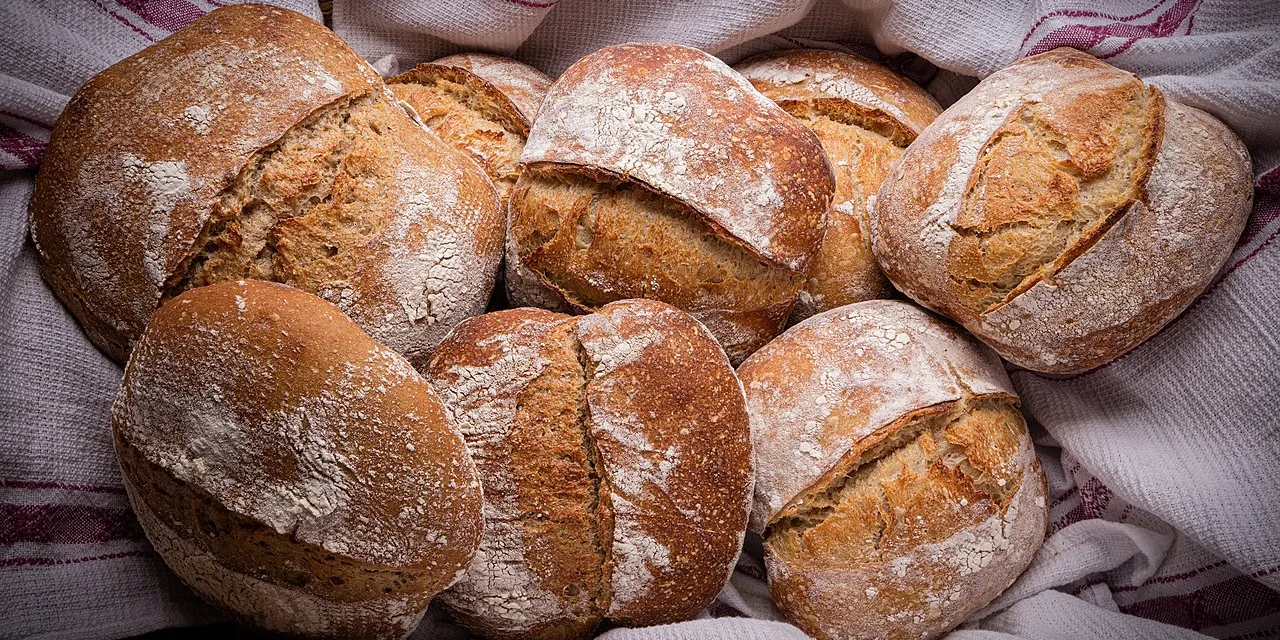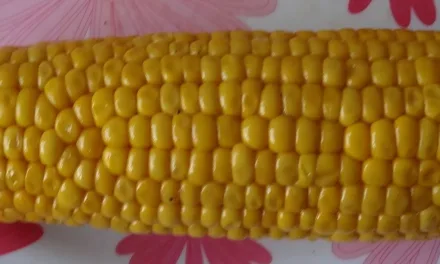Sourdough bread is a type of bread made from the natural fermentation of dough using wild yeast and bacteria. This fermentation process gives sourdough its distinctive tangy flavor, which can range from mild to strong depending on the fermentation time and the composition of the starter culture. The starter, a mixture of flour and water, captures wild yeast and lactobacilli from the environment and, when fed regularly, creates a thriving ecosystem that can be used to leaven bread without the need for commercial yeast.
The texture of sourdough bread can vary widely but typically features a chewy texture and a crust that is more robust and crunchy compared to breads made with commercial yeast. The crumb, or interior, of sourdough bread often has irregular holes, a result of the fermentation process and the method of shaping the dough.
Sourdough bread is appreciated not only for its unique flavor and texture but also for its nutritional benefits. The fermentation process breaks down phytates present in flour, making nutrients more accessible, and can help to predigest some of the gluten, which may make it easier to digest for some people compared to breads made with commercial yeast.
Making sourdough bread is considered both an art and a science, involving careful management of the starter, understanding the effects of different flours, hydration levels, ambient temperatures, and fermentation times on the final product. It’s a process that rewards patience and experimentation, leading to a wide variety of sourdough breads across different cultures and cuisines.
Image from Wikipedia






Recent Comments